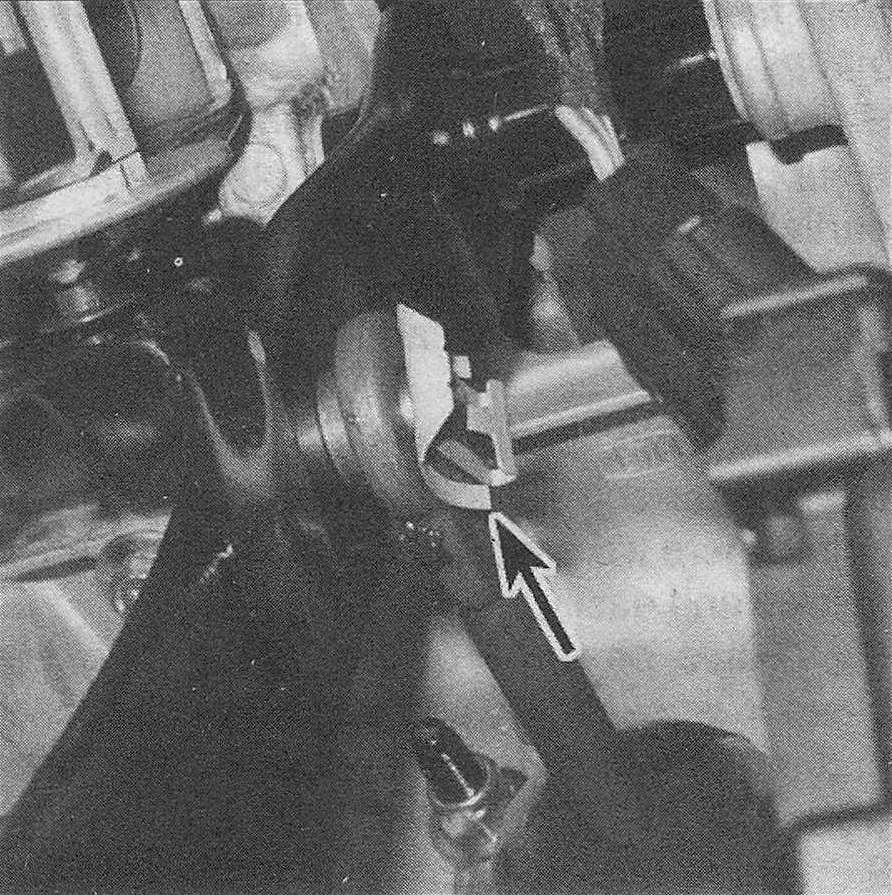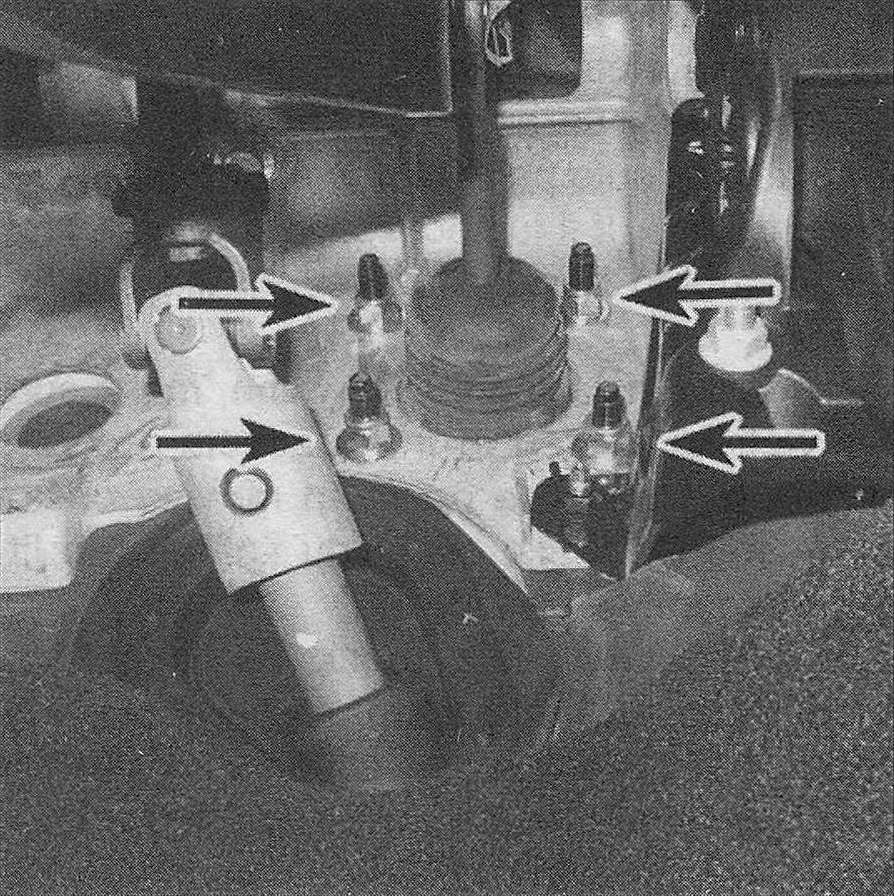Power brake booster (gasoline engine models) – check, removal and installation
1. The power brake booster unit requires no special maintenance apart from periodic inspection of the vacuum hose and the case.
2. Disassembly of the power unit requires special tools and is not ordinarily performed by the home mechanic. If a problem develops, it’s recommended that a new or factory rebuilt unit be installed.
Operating check
3. Depress the brake pedal several times with the engine off and make sure that there is no change in the pedal reserve distance.
4. Depress the pedal and start the engine. If the pedal goes down slightly, operation is normal.
Airtightness check
5. Start the engine and turn it off after one or two minutes. Depress the brake pedal several times slowly. If the pedal goes down farther the first time but gradually rises after the second or third depression, the booster is airtight.
6. Depress the brake pedal while the engine is running, then stop the engine with the pedal depressed. If there is no change in the pedal reserve travel after holding the pedal for 30 seconds, the booster is airtight.
Removal
7. Remove the master cylinder (Master cylinder – removal and installation).
8. Disconnect the vacuum hose from the power brake booster.
9. Working under the dash, disconnect the power brake pushrod from the top of the brake pedal by prying off the clip (see illustration).
7.9 Remove the retaining clip, then detach the pushrod from the pedal
10. Remove the nuts attaching the booster to the firewall (see illustration).
7.10 Remove the brake booster mounting fasteners
11. Carefully lift the booster unit away from the firewall and out of the engine compartment.
Installation
12. To install the booster, place it into position and tighten the retaining nuts to the torque listed in this Chapter’s Specifications.
13. Connect the booster pushrod to the brake pedal.
14. Install the master cylinder (Master cylinder – removal and installation).
15. Connect the brake lines to the master cylinder and tighten all fitting nuts securely.
16. Connect the vacuum hose to the brake booster assembly.
17. Bleed the brake system (Brake hydraulic system – bleeding).
18. Carefully test the operation of the brakes before placing the vehicle in normal operation.

